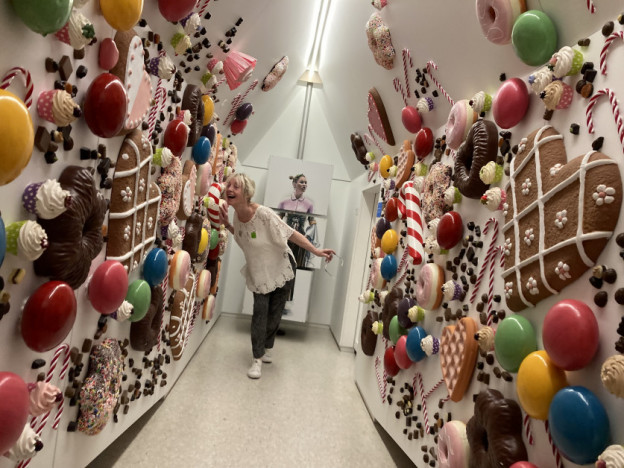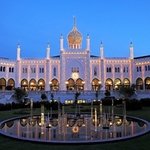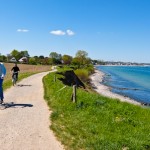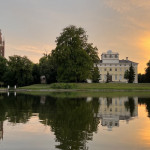Liz Gill follows in the footsteps of the pied piper as she explores part of the German Fairy Tale Route in Hamelin and Kassel before visiting Lubeck.
Hamelin must be the only place in the world where rats are celebrated. Not real ones, of course, (though they must exist here as they do in most places) but in every other imaginable form. And believe it or not, they are just one of the many highlights of the German Fairy Tale Route.
So there are rat ornaments, toys, masks, posters, jewellery, jigsaws, umbrellas, sweets, backpacks, and T-shirts. There are ones made of bread and chocolate and sugar. There are statues and giant models and a huge golden one on top of the bridge across the river Weser. There is an eponymous musical, a mechanical theatre version, brass trail plaques among the cobblestones and a concert venue called Rattenfanger (rat catcher) Halle. There is even Rattenkiller liqueur with cocktail recipes – ‘Rats on the beach’, anyone?
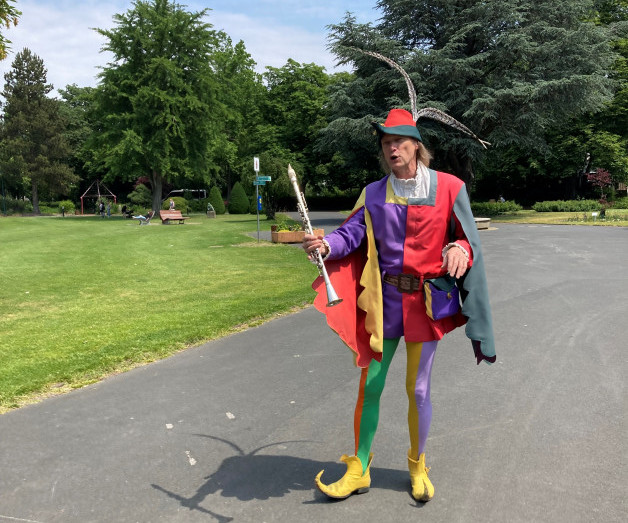
All this is because of a legend in which a man wearing multi-coloured clothes and playing a pipe rids the town of vermin by leading them into the river where they drown. When the mayor and corporation refuse to pay his fee, he returns and this time he leads away their children who are never seen again.
There is only one thing wrong with this story says Michael Boyer. “Rats can swim.” This inconvenient fact, however, has not diminished the American ex-policeman’s love of the legend nor his commitment to it: he has been one of the town’s three Pied Pipers for 25 years and he is telling us all this while we follow him, perhaps a little self-consciously, as he cavorts through the streets playing his flute.
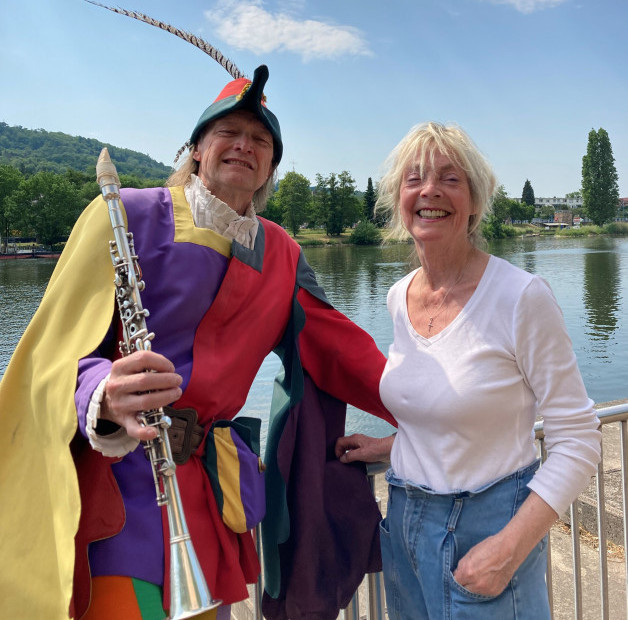
What does seem to be true is that on June 26, 1284, a group of around 130 children walked out of the east gate of Hamelin behind a colourfully dressed man into the mountains a few miles away and vanished. Their fate – reappearing at the other side of the range in Transylvania or dying of disease, starvation, or even murder – has been the subject of debate ever since.
Boyer says he never tires of telling the story. “There are so many variations, so many open questions. It fascinates people. You hear it in your youth and then you discover Hamelin really exists.” His favourite theory is that they were not actual children but young people who rebelled against the authorities and may have been killed as a result.
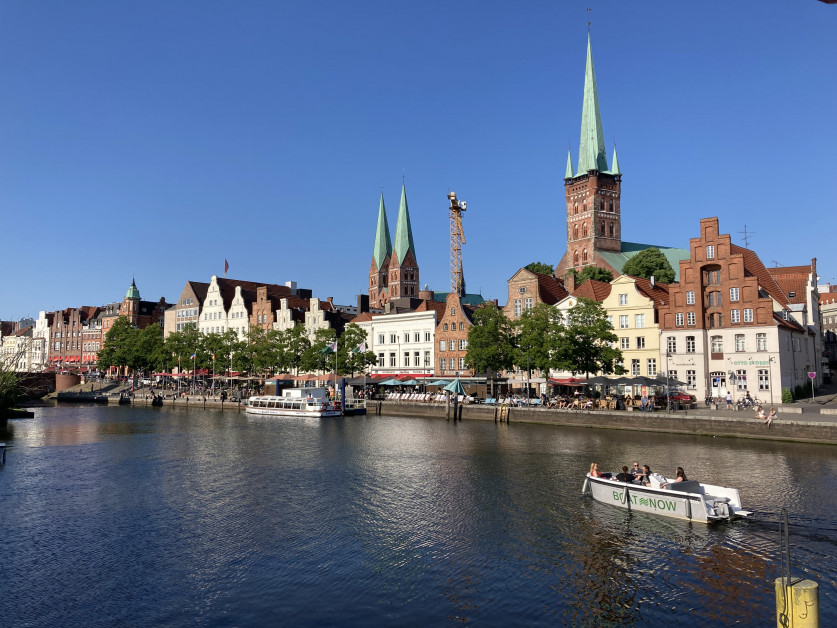
Whatever the facts the story has gripped the world for eight centuries and still draws millions of visitors to the pretty little town every year as part of the German Fairy Tale Route. The English poet Robert Browning was never among them, but it is his version with its memorable rhythms and the creation of the little lame boy who is left behind which has resonated through most British childhoods.
The German Fairy Tale Route
Hamelin or Hameln as it is in German is one of the main attractions on the country’s 350-mile German Fairy Tale Route which runs from Hanau in the centre to Bremen in the North and which includes over 60 towns and villages with links to the Brothers Grimm, either to their lives or their stories. The stops include themed trails, tours led by costumed characters, storytelling, festivals, museums, galleries and performances as well as the chance to visit various castles and palaces.
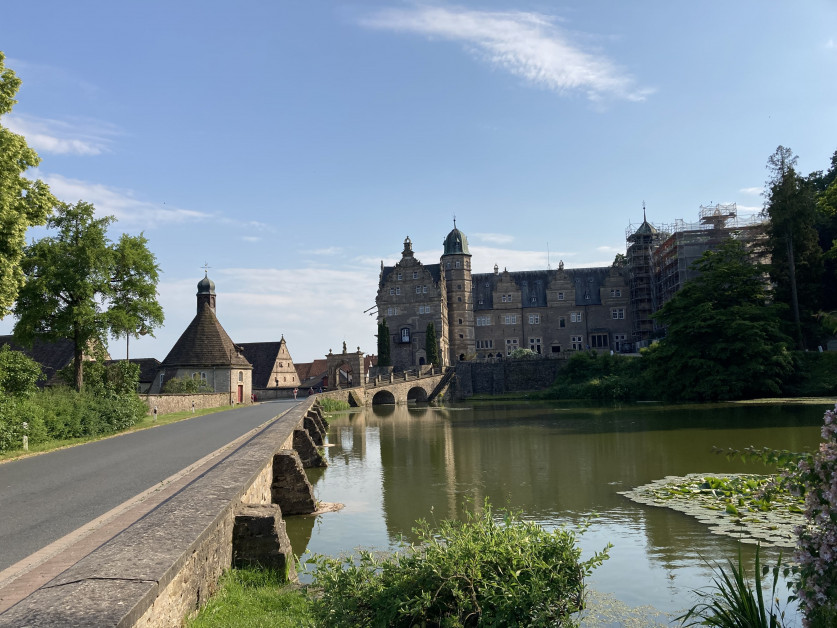
For example, we took a quick tour of Schloss Hamelschenburg seven miles south of Hamelin which is regarded as one of the most beautiful castles in North Germany and could be straight out of a fable. Built in the early 17th century it has 95 rooms and has been lived in by the same family for 20 generations. Baron Henry von Klenke who takes us round the grandest rooms and gives us a concise but insightful history describes himself as ‘just the current owner’.
The German Fairy Tale Route would be ideal for slow travel by car, bike or motorhome – as part of its green policy Germany is keen to promote fly-less-stay-longer travel – but in a short visit, we have only time to see Kassel where Wilhelm and Jacob did much of their work.
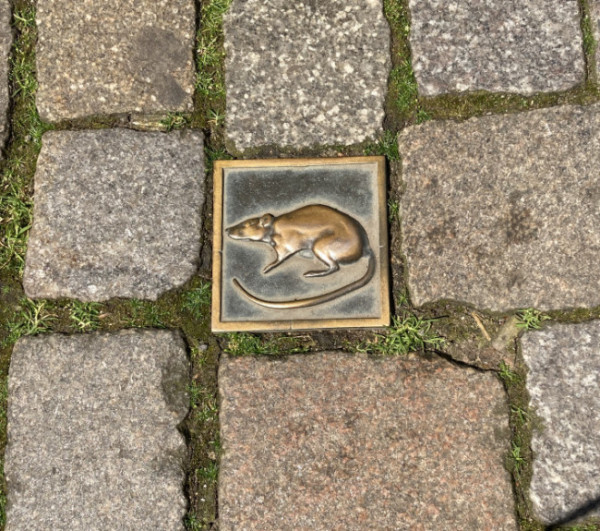
Contrary to what a lot of people think, the Brothers Grimm did not actually write the stories themselves: they collected them from oral and written sources and published them, motivated by fears that all these wonderful folk tales might be lost as the country grew ever more industrialised. The resulting collection gave the world Snow White, Little Red Riding Hood, Sleeping Beauty, Rapunzel, Cinderella and nearly 200 lesser-known ones.
Kassel
Their achievements are marked at Kassel’s Grimmwelt (Grimmworld), a much more cerebral experience than the jollities of Hamelin: Disneyland it ain’t. Just about the only nods to frivolity are a sweetie-covered interior of a Hansel and Gretel house and a mirror-mirror-on-the-wall artist’s installation.
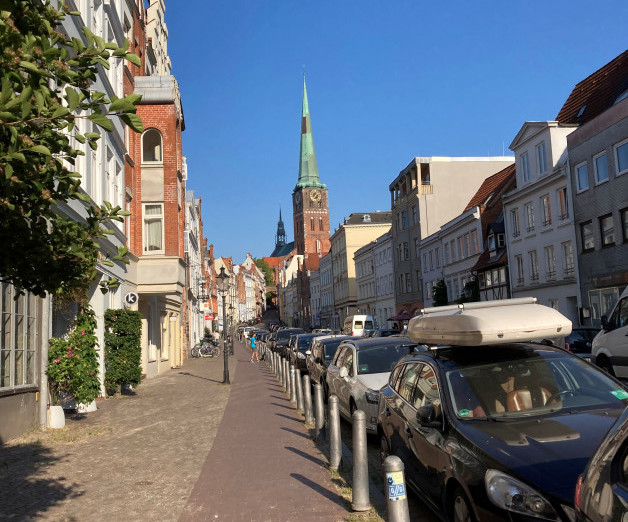
There is much of interest though including their working methods (each used hundreds of slips of paper before juggling and sorting those notes into an agreed whole, a sort of cut and paste of its day), their extensive correspondence to over 1400 people, their formidable intellects – they spoke 14 languages and understood 40 – and their mammoth Book of German Words. This dictionary which is about usage and context rather than straightforward definition was expected to take ten years, but they only reached F before both died and the project is still ongoing today.
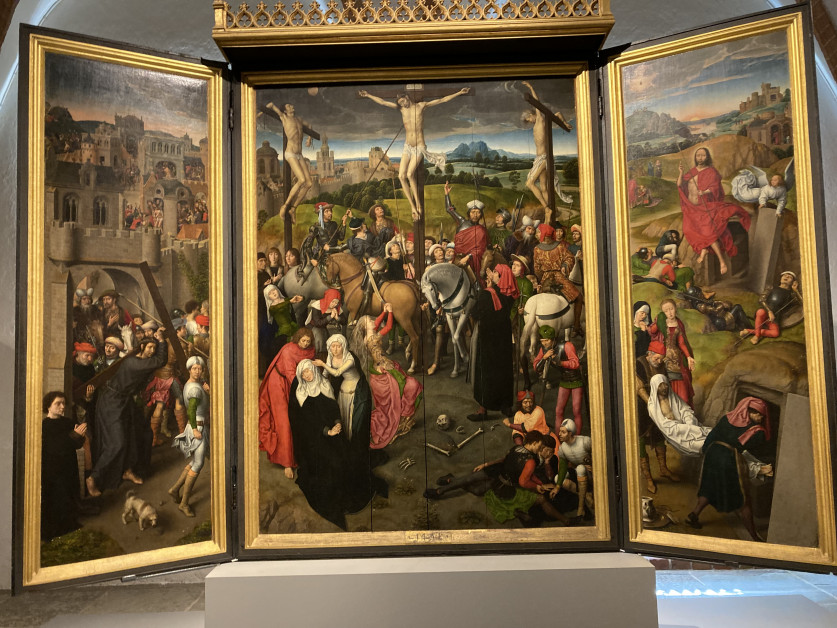
The museum includes the original editions of their Children’s and Household Tales and notes the changes between them including the removal of stories like When Children Play Butcher which on reflection were considered just too gruesome.
Kassel is a sizeable place with VW’s second largest plant, but it has a nice Old Town and lots of parks and green spaces including one with a ceramics memorial to Dorothea Viehmann, source of 40 of the Brothers’ stories. A free spectacle happens in Bergpark Wilhelmshohe on the afternoons of Wednesdays, Sundays and public holidays when a colossal volume of water is released from the base of a giant statue of Hercules to cascade down the hillside through ponds and waterfalls to a 150ft high fountain finale.
Lubeck
We began our visit to Germany at Lubeck which is not on the German Fairy Tale Route but has an enchantment nonetheless: its original 11th-century name Liubice meant ‘lovely place’. It is known as the Queen of the Hanseatics in recognition of its leading role in the mediaeval commercial and defensive confederation which brought great prosperity to the area and led to the creation of beautiful elaborately decorated, gable-ended merchants’ houses, the emblematic Holsten Gate with its motto ‘Concordia domi foris pax’ – harmony at home and peace abroad – and the five beautiful churches whose seven spires dominate the horizon.
It has been home to three Nobel prize winners: Willy Brandt and Thomas Mann who were born here and Gunther Grass who moved here, all of whom have museums dedicated to them. There are in total 18 museums in the city but it is St Anne’s which is regarded as one of the country’s most beautiful: set in a Gothic former priory it is a fabulous collection of sacred art from the 13th to the 16th centuries including Hans Memling’s Passion Altar masterpiece.
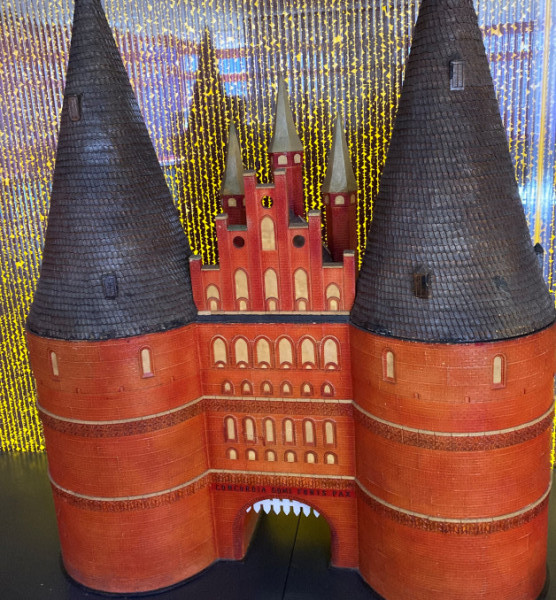
On an earthlier note, the famous marzipan maker Niederegger has a free museum above the shop which sells the famous sweetmeat in dozens of different forms. Here one can learn not just about how this combination of almond paste and sugar is made but its history: how it originated in Persia, was brought to Europe by Arab conquerors and Christian crusaders, spread across the continent via convents and monasteries – Thomas Aquinas ruled that it could still be eaten on fast days – and was available only through apothecaries until the well into the 18th century. The room’s centrepiece is 12 life-size figures all made of marzipan.
I’m not much of a fan of the stuff myself so I tried instead the candied rose petals and chocolates made by prize-winning confectioner Angela Evers. For the flowers she chooses perfect blooms from her garden, paints them with a secret solution which includes vodka and then covers them in a special sugar before drying them out very slowly.
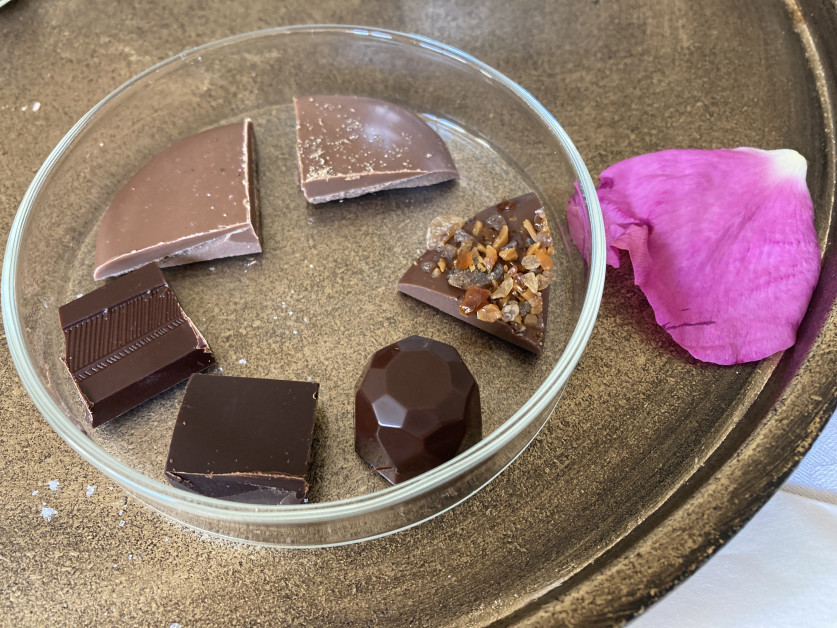
Her chocolates include such novel flavours as coriander and salt and black truffle as well as simple plain ones which she speaks about as if they have personalities: one is a reliable good friend, the other a diva.
Elsewhere we sample one of the city’s staples – the fish roll- as well as other seafood and enjoy them with a glass of the very agreeable rotspon which Lubeck imports young from Bordeaux and then ages and bottles.
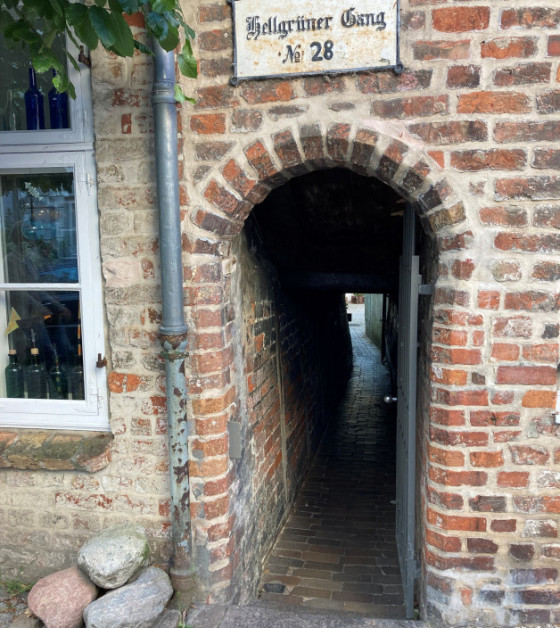
We round off the visit with a stroll through some of the 90 alleyways and courtyards which still exist. They were created when Lubeck, now a UNESCO World Heritage Site, was so prosperous that it was running out of space – it’s actually an island. Originally fill-ins for the poorer citizens they are now, of course, highly desirable and although there is no space for gardens, they’re full of tubs and window boxes overflowing with hollyhocks and roses.
Tell me more about the German Fairy Tale Route and Lubeck
Getting there
British Airways and Lufthansa fly regularly between London and Hamburg as do Ryanair and EasyJet.
Hamburg, Lubeck, Hamelin and Kassel are all linked by rail. The German Rail Pass for travellers residing outside Germany offers unlimited travel on consecutive days from 3 to 15 days. From €153.
Please visit Luebeck Tourism for more information on the city.
Please visit the German Fairy Tale Route for more information on all the places Liz visited plus the rest of the German Fairy Tale route.
For everything about where to go and what to do in Germany please visit the German Tourist Portal

